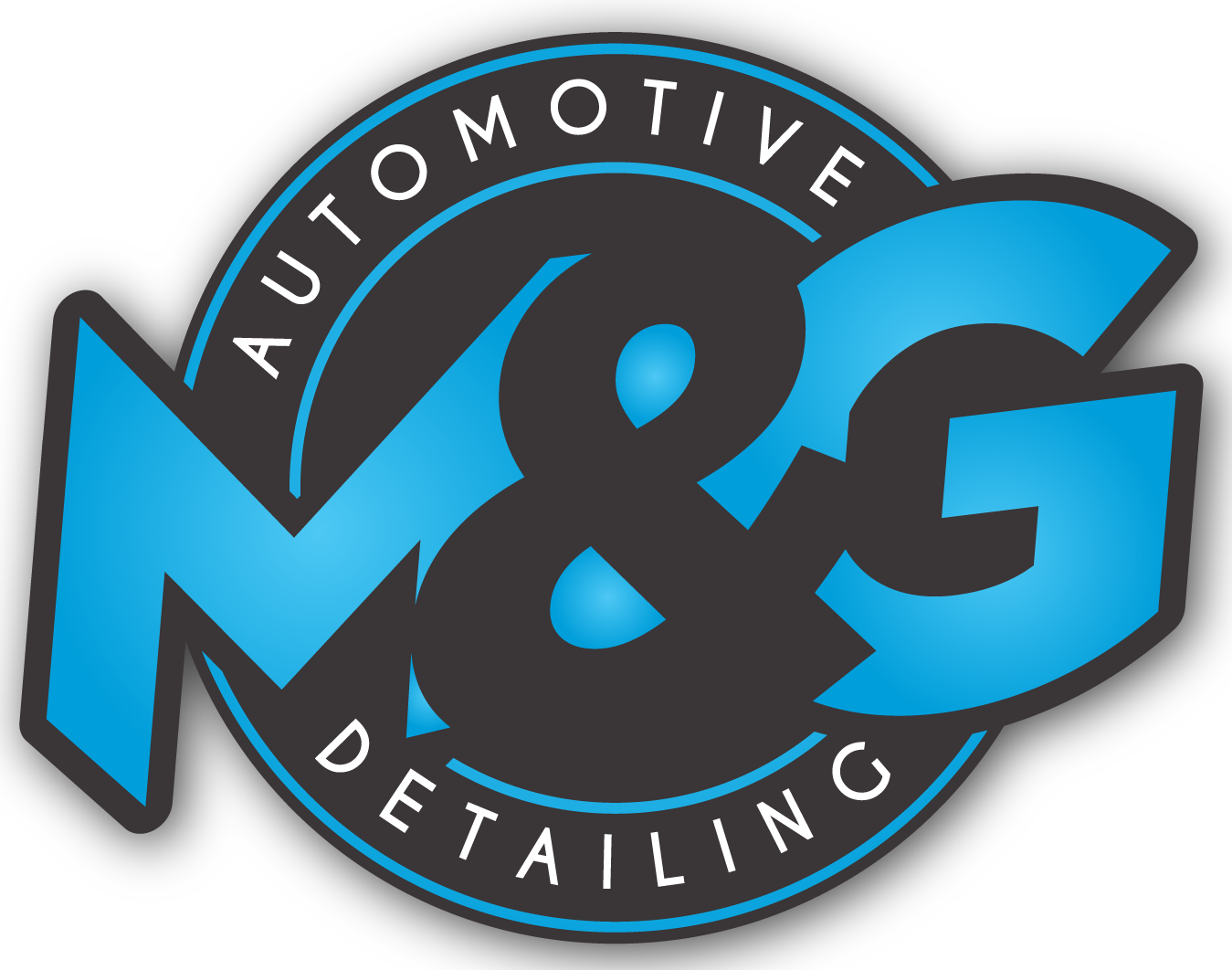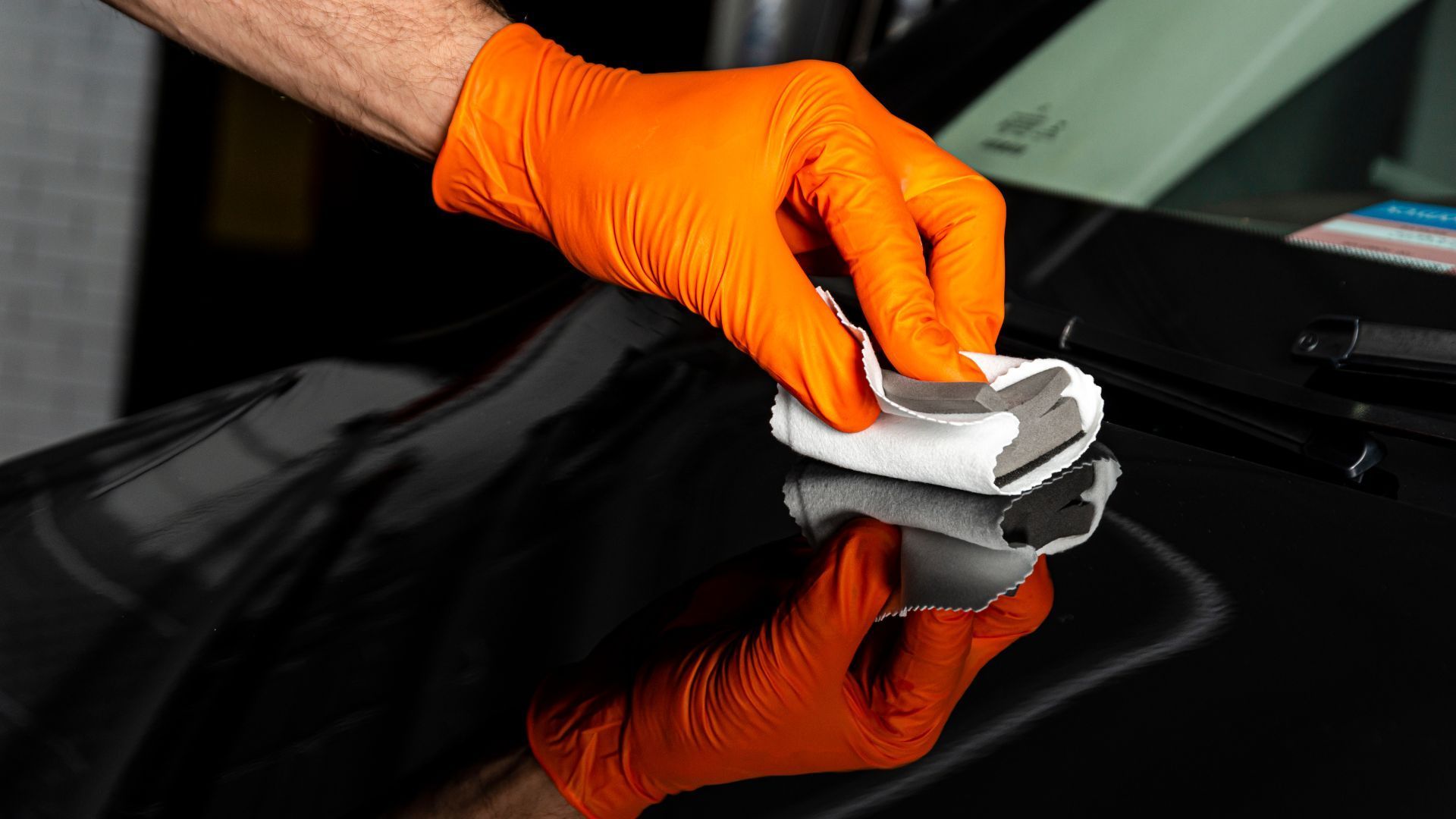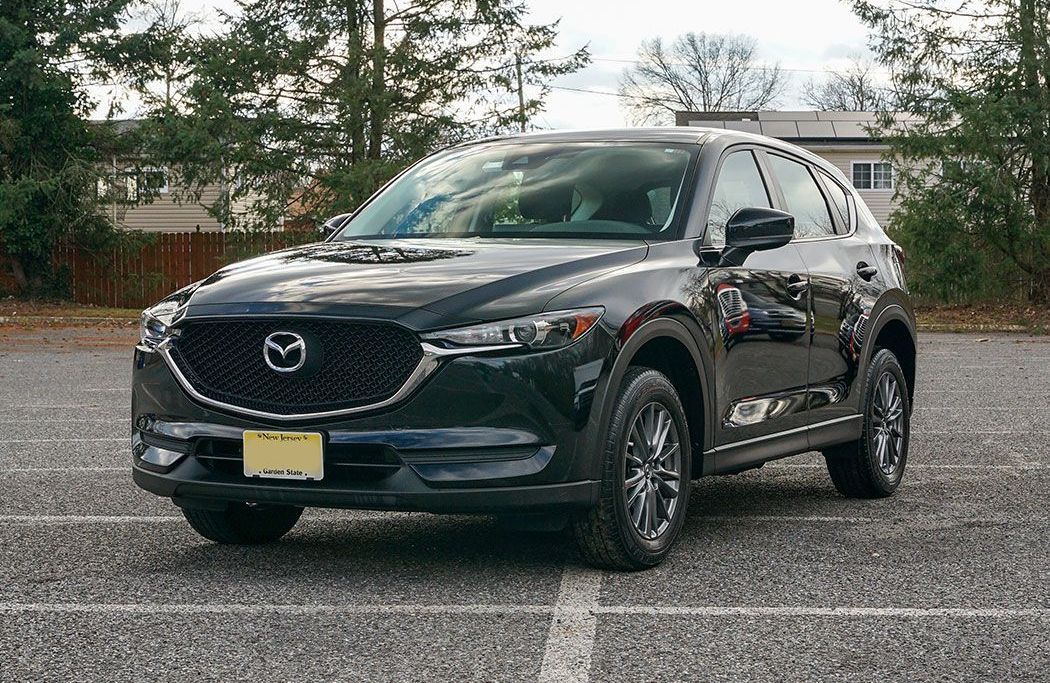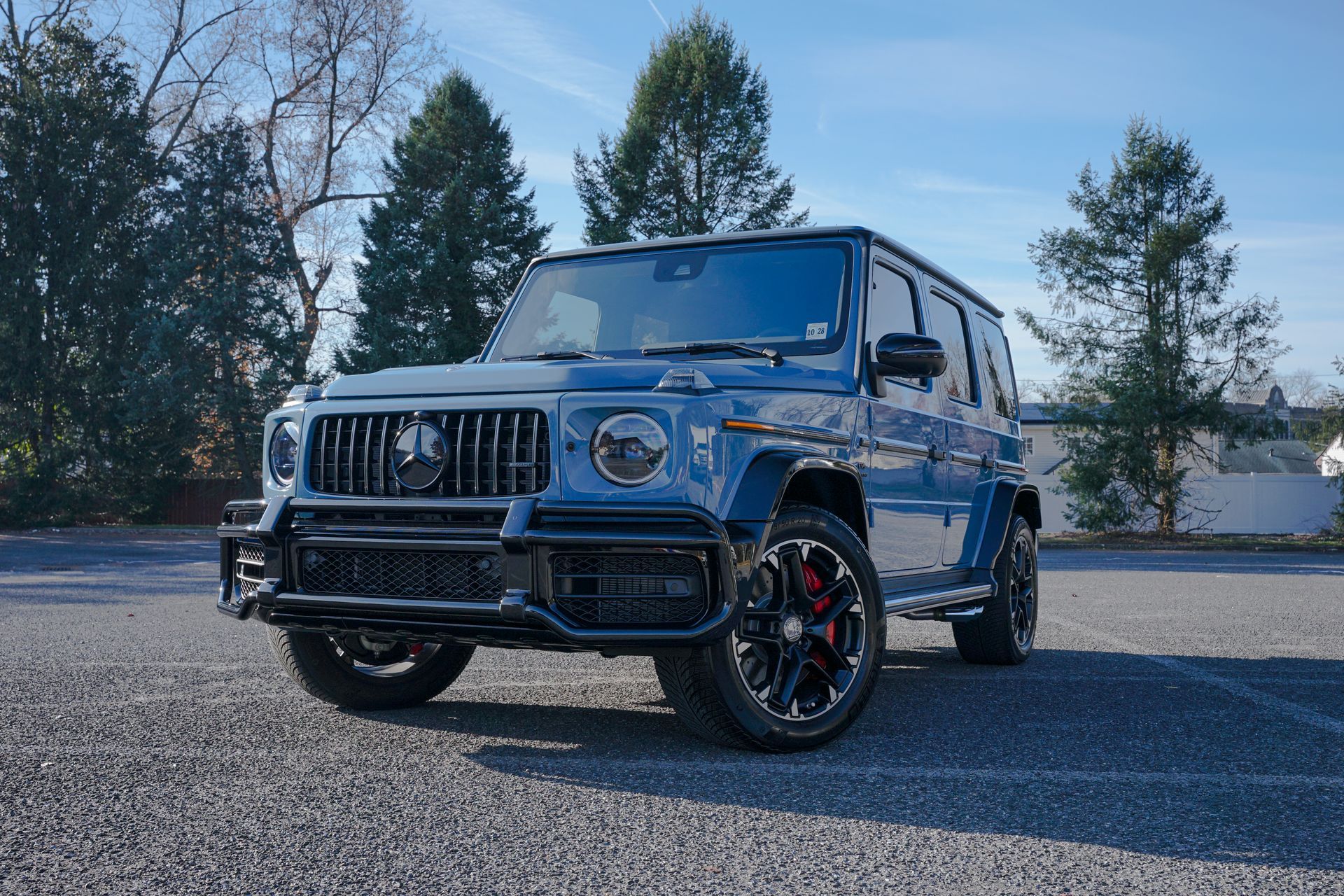DIY vs. Professional Ceramic Coating: Which is Right for You?
In a world where beautifying your vehicle extends beyond just washing and waxing, ceramic coating has taken the spotlight in vehicle maintenance. But here lies the ultimate conundrum: Should you reach for a DIY kit or trust a professional to do the job? The stakes are high, as the outcome can spell the difference between a glossy, well-protected car that turns heads on every corner and startling discoloration with unsightly streaks. Embrace this comprehensive guide as we weigh up the pros and cons of DIY versus Professional Ceramic Coating, helping you decide which path leads to your vehicle's perfect finish.
DIY vs. Professional Ceramic Coating: An In-Depth Analysis
When it comes to protecting and preserving the paint on your beloved vehicle, ceramic coatings have gained significant popularity. However, the decision between a DIY ceramic coating and seeking professional services is not always an easy one. Let's dive into an in-depth analysis of these two options to help you make an informed choice.
Ceramic coatings are designed to provide additional protection, enhanced shine, and resistance against environmental factors such as UV rays, chemicals, and dirt. Many car enthusiasts are drawn to the idea of applying a ceramic coating themselves, highlighting the benefits of cost-effectiveness and the satisfaction of completing a project on their own. However, it is important to note that DIY ceramic coatings can vary greatly in terms of quality and effectiveness. The reality is that many DIY ceramic coatings lack the depth and longevity of professional-grade products. While some options may provide decent short-term results, they often fall short compared to what professionals can achieve.
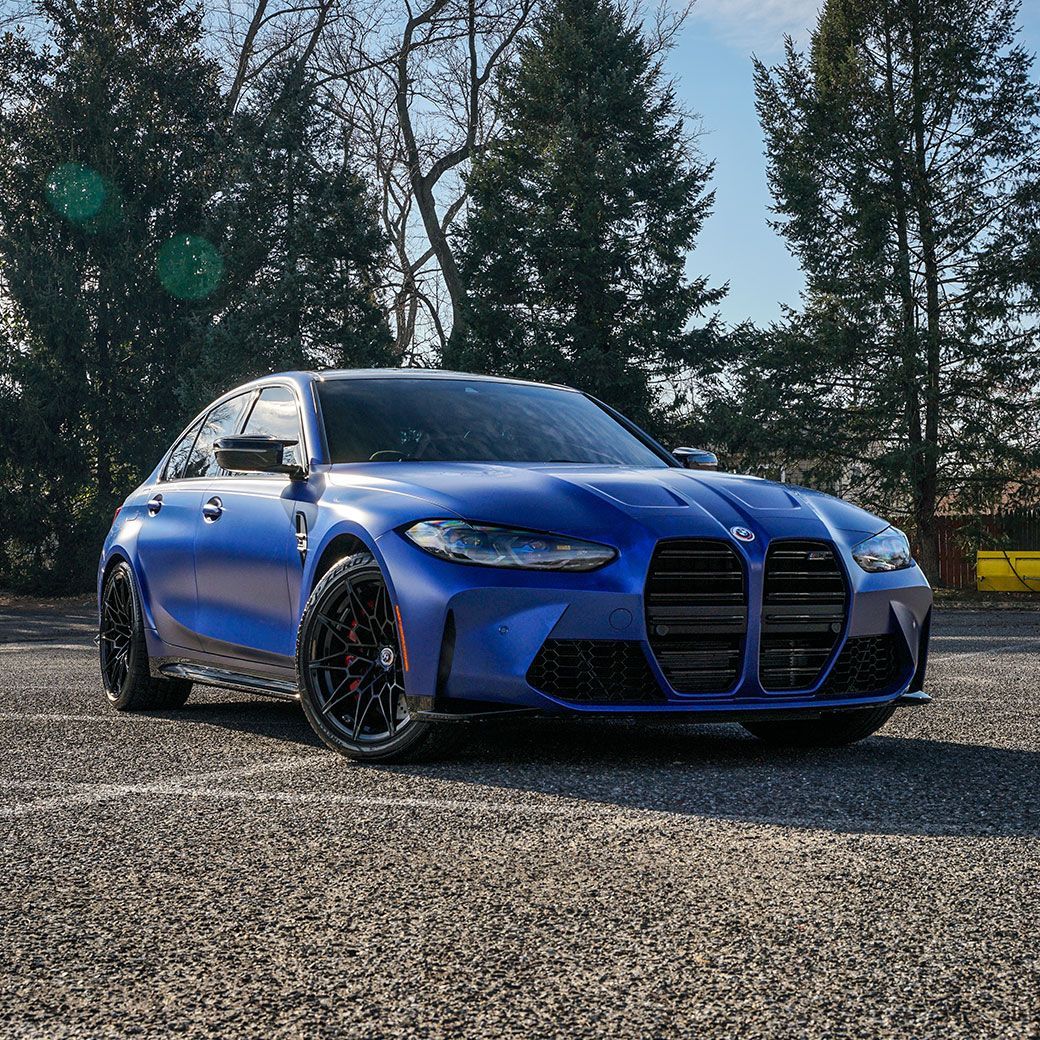
Pros and Cons of DIY Ceramic Coating
It's understandable that taking matters into your own hands with a do-it-yourself approach has its appeal. After all, there's a sense of accomplishment in completing a project yourself while potentially saving money in the process. But before you embark on this journey, it's crucial to consider both the pros and cons of DIY ceramic coating.
Pros:
- Cost-Effective: DIY ceramic coatings are generally more affordable compared to professional services. You can find a wide range of options to fit various budgets.
- Flexibility and Control: By applying the coating yourself, you have complete control over the process, including the number of layers applied and the specific areas you want to focus on.
- Learning Experience: Taking on a DIY project allows you to learn more about your vehicle's paint and detailing processes, fostering a deeper connection with your car.
Cons:
- Quality and Longevity: DIY ceramic coatings often fall short in terms of durability and long-term performance. The level of protection provided may not match the quality achieved by professional-grade products.
- Skill and Expertise are required. Applying a ceramic coating takes skill and expertise. Mistakes during application can lead to uneven coverage, streaks, or even damage to the vehicle's paint surface.
- Time and Effort: Properly preparing the vehicle's surface for a ceramic coating application can be time-consuming, requiring extensive washing, decontamination, and paint correction if necessary.
It's crucial to weigh these pros and cons carefully, keeping in mind your goals, expectations, and available resources. While DIY ceramic coating may suit some individuals who are willing to invest time and effort into learning the process, it is important to note that professional solutions offer several advantages that cannot be easily replicated.
Benefits and Shortcomings of Professional Ceramic Coating
When it comes to protecting your vehicle's paintwork with a ceramic coating, opting for a professional application has its own unique set of benefits. One of the primary advantages is the high-quality and durable protection it offers. Professional-grade ceramic coatings are formulated with advanced technology and contain a higher concentration of active ingredients. These formulations provide superior UV light blocking capabilities, and chemical resistance compared to synthetic and traditional wax coatings.
Additionally, professional ceramic coatings are typically applied in multiple layers, ensuring better bonding to the paint surface and extending longevity. The application process itself is complex, involving meticulous paint correction, detailed washing, clay bar treatment, and specialized equipment. This level of preparation ensures that the coating adheres properly to the vehicle's surface, resulting in a flawless finish. Another advantage of professional ceramic coatings is their versatility. They come in different formulations suitable for various paint surfaces, allowing for a customized approach. Professionals can recommend the ideal product that enhances the appearance while providing long-lasting protection.
However, it is important to acknowledge that professional ceramic coatings do have their shortcomings as well. One notable drawback is the cost associated with these services. Because of the expertise required and the quality of materials used, professional ceramic coating installations can be quite expensive compared to DIY options. This might be a deterrent for those on a tighter budget. Getting your vehicle professionally coated requires scheduling an appointment at a reputable detailer or automotive shop. This means you might need to wait for availability and potentially travel to the facility, adding an extra layer of inconvenience.
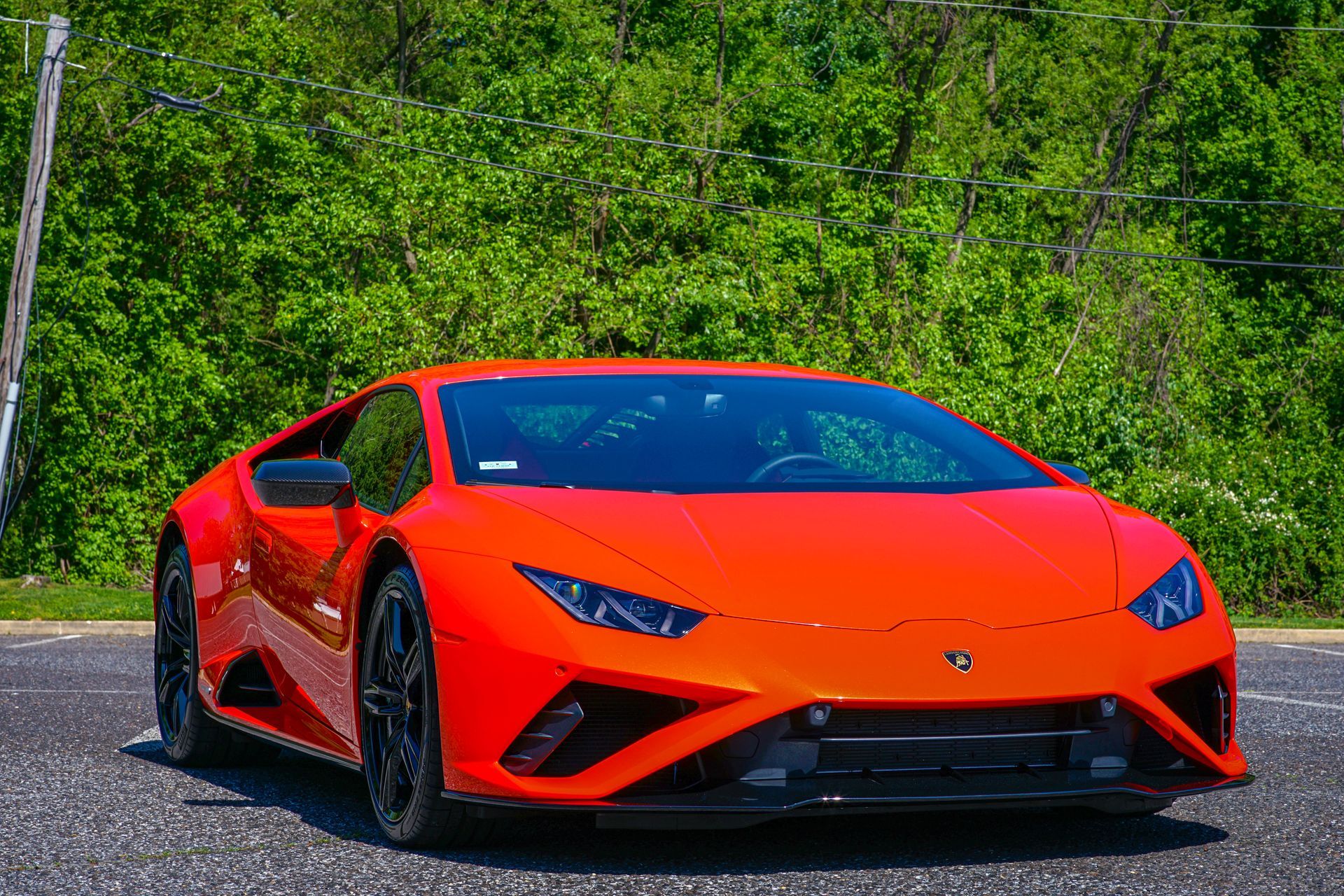
Potential Risks and Mitigation of DIY Ceramic Coating
Undoubtedly, the appeal of saving money and applying a ceramic coating yourself can be enticing. However, engaging in a DIY ceramic coating project comes with its own set of potential risks. These risks primarily stem from factors like product quality, lack of experience, and inadequacies in the application process.
One of the main risks with DIY ceramic coatings is the inconsistency in product formulations and quality among different brands. While some DIY kits might claim to offer high-quality results, they often fall short in terms of longevity and durability. This can leave your vehicle's paint susceptible to damage from external elements over time. Another challenge when going the DIY route is improper surface preparation. Applying a ceramic coating requires thorough cleaning, decontamination, and paint correction to ensure optimal bonding. Failure to complete these steps properly can result in subpar adhesion and performance of the coating.
Additionally, inexperienced individuals might struggle with achieving uniform coverage during application, leading to streaks, hazing, or high spots on the finished surface. Correcting these imperfections can be time-consuming and may require additional products or professional intervention. To mitigate these risks, it is crucial to choose reputable DIY ceramic coating brands that have positive reviews and a proven track record. Properly researching and understanding the specific application process laid out by the brand is also essential. Furthermore, investing time in thorough surface preparation before applying the ceramic coating cannot be emphasized enough. This includes washing, decontaminating, polishing as needed, and ensuring a pristine paint surface for optimal bonding.
Taking your time during the application and following the instructions precisely will help you achieve more consistent coverage. Buffing off excess product and conducting regular inspections during the curing process can also aid in identifying and addressing any issues promptly. Nevertheless, it's essential to recognize that DIY ceramic coatings may not match the level of durability and longevity offered by professional-grade products. Factors like weather conditions, maintenance practices, and product quality can impact how well the coating performs over time.
Assessing the Investment: Cost Comparison
When it comes to ceramic coating, cost is often a significant factor in decision-making. Both DIY applications and professional services come with their own price tags, and understanding the cost comparison is crucial in determining which option aligns better with your budget and needs.
First, let's consider the cost breakdown of DIY ceramic coating. If you're up for a hands-on approach, you can find various DIY ceramic coating kits available on the market at relatively affordable prices. These kits typically include the necessary materials, such as the ceramic coating product itself, applicators, microfiber towels, and sometimes even gloves or masks. The cost of a DIY kit can range from around $50 to $150, depending on the brand and the quality of the materials provided.
On the other hand, seeking professional ceramic coating services typically comes with a higher price point due to the expertise and labor involved. Professional detailers have experience preparing surfaces and applying coatings with precision. They also have access to high-quality products that might not be readily available to consumers. Professional ceramic coating costs can range from $500 - $2,500 or more for larger vehicles or specialized coatings. It's important to note that these are rough estimates, and prices can vary depending on the detailer's expertise, location, and the specific coating being applied.
Now, you might be wondering: Is the higher price of professional ceramic coating worth it? While DIY kits offer a more budget-friendly option, professional services often come with several advantages. Firstly, professionals have the experience and skill to ensure proper paint preparation and a flawless application of the ceramic coating. Additionally, they may provide warranties on their workmanship and products used, providing peace of mind for customers. Lastly, professional coatings are often higher in quality and durability compared to some DIY products.
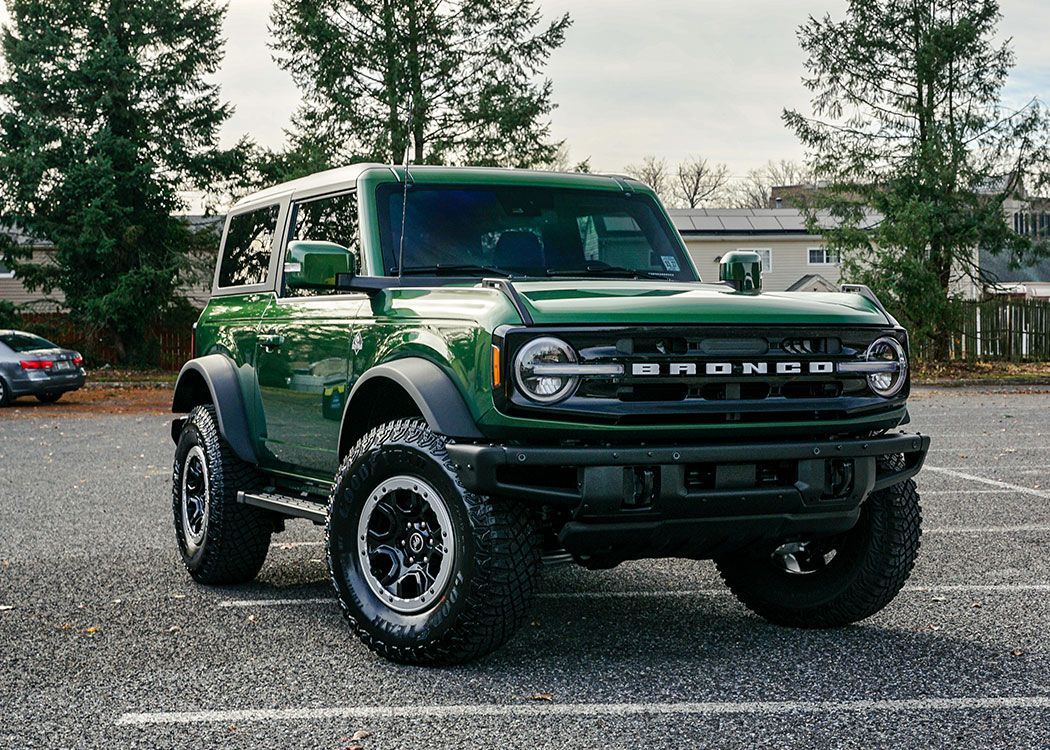
Deciding What's Right for You: Factors to Consider
When it comes to choosing between a DIY ceramic coating and professional services, several factors should be considered to determine which option is right for you. Let's explore these factors in detail to help you make an informed decision.
Consider your level of expertise and experience with automotive detailing. DIY ceramic coatings require thorough preparation and application knowledge. If you have the necessary skills and confidence to tackle the job yourself, opting for a DIY kit might be a cost-effective solution. However, if you lack experience or are unsure about the process, it is advisable to seek professional help. Professionals have the expertise and equipment to ensure proper application, minimizing the risk of mistakes. Budget is another crucial factor. DIY kits are generally more affordable upfront compared to professional services. However, it's important to consider the long-term costs as well. Professional-grade coatings often come with warranties ranging from 2 to 5 years, providing peace of mind knowing that your investment is protected. On the other hand, DIY coatings may not offer reliable warranties, and their longevity and effectiveness may vary.
Consider the time and effort required for each option. Applying a ceramic coating yourself can be time-consuming and requires meticulous preparation work. This includes thorough washing, paint correction, and eliminating any defects on the vehicle's surface before applying the coating. If you have limited time or prefer a hassle-free experience, professional services can save you valuable hours while ensuring high-quality results. Lastly, assess your desired outcome and expectations. DIY ceramic coatings can provide satisfactory results for those who seek basic protection without seeking showroom-quality perfection. However, if you want a flawless finish with enhanced gloss and superior durability, professional installation is likely to deliver optimal results.
Considerations Based on Individual Needs and Circumstances
Every car owner has unique needs and circumstances that should be taken into account when considering whether to opt for a DIY ceramic coating or professional services. Let's delve deeper into these considerations to further assist you in making an informed decision.
The condition of your vehicle plays a significant role in determining which route to take. If your car has severe paint defects or damage that requires professional intervention, it may be beneficial to choose a professional ceramic coating service. Professionals are equipped with the necessary tools and expertise to address underlying issues before applying the coating, ensuring a flawless finish. However, if your vehicle is relatively new and in good condition, a DIY kit might suffice for providing basic protection.
Consider your lifestyle and driving habits as well. If you frequently expose your car to harsh weather conditions or live in an area with extreme temperatures, investing in a professional-grade ceramic coating can offer superior protection against UV rays, oxidation, and environmental contaminants. Conversely, if you primarily use your vehicle for commuting in mild climates or garage parking, a well-applied DIY ceramic coating may suffice for maintaining its appearance.
Another crucial aspect to consider is your long-term plans for the vehicle. If you plan to keep your car for an extended period or want to maintain its resale value, investing in a professional ceramic coating can be a wise choice. The added durability, protection, and warranty provided by professional services can significantly enhance your car's overall value. However, if you have a short-term ownership plan or prioritize cost savings over long-term maintenance, a DIY option might suffice. By carefully considering these individual needs and circumstances, you can align your decision with what best suits your lifestyle, budget, and long-term goals when it comes to ceramic coatings.
Professional Ceramic Coating by M&G Automotive Detailing in Cherry Hill, NJ
Revitalize and protect your vehicle's paint with M&G Automotive Detailing's professional ceramic coating service in Cherry Hill, NJ. Our skilled team will apply a high-quality ceramic coating that forms a strong bond with your car's surface, providing long-lasting protection against UV rays and contaminants. Experience the ultimate shine and easy maintenance, making your car look showroom-ready for years to come. Don't miss this opportunity to elevate your car's appearance and safeguard its paint. Schedule your appointment with M&G Automotive Detailing today and discover the transformative power of our professional ceramic coating service. Drive in style and confidence with our unrivaled expertise in automotive detailing!
